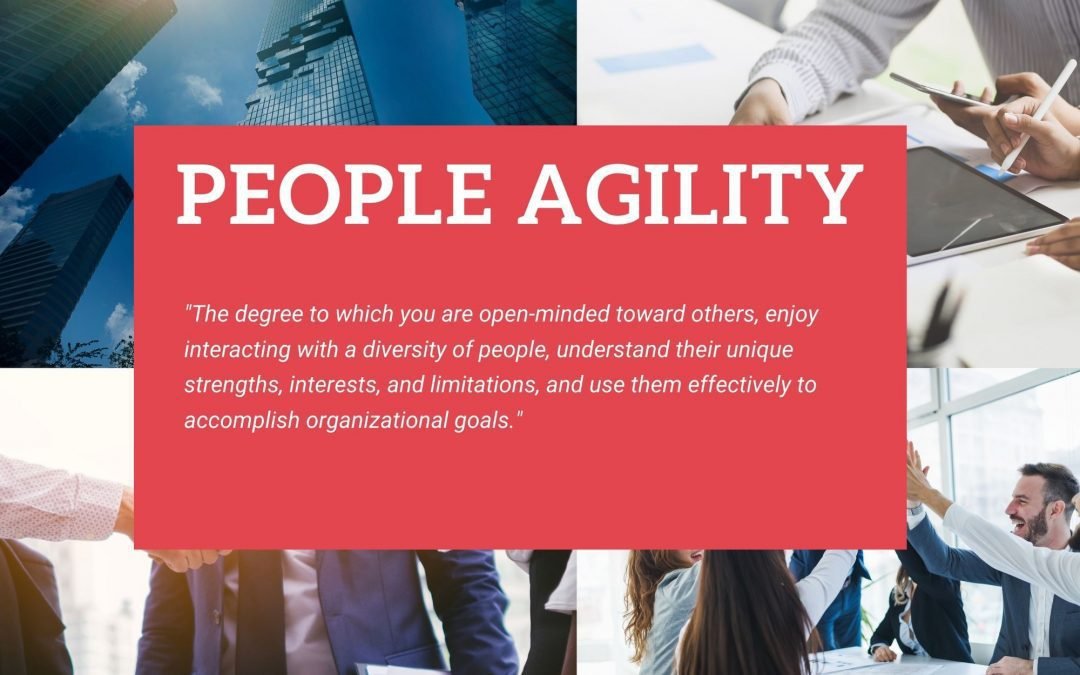
What does “Key Area of Focus” mean related to leadership development?

What are some parallels between coaching, time management, and saying no?
Does the expression “To-do list” ring a bell? Have you ever created one? Have you ever been frustrated for not being able to finish your tasks? Or have you ever attended a training after which you thought, “It was so interesting, and there was so much great content in it!” And what happened after a few days and weeks? If someone had asked you what your takeaway was, what would you have said? Would you have been able to articulate the main area of focus clearly? It is not hard to believe that research shows that an average human being remembers only 10% of what you hear after 24 hours.
How to focus
That is why the most significant responsibility of every trainer is to make sure that it is clear what the participating potential or existing leader should remember. What determines what should be in focus? It depends on a lot of different factors. What are the critical leadership competencies of the organization? What are the key values reflected in the behavior of the leader? What are his current strengths and areas of development? On a scale of 1-10, how motivated is the leader to work on the given area? After putting all those questions in a blender, the right focus area will emerge.
Through a straightforward process of designing and facilitating the LPA journey, the participant receives feedback, a combination of the observation of all participants and the trainer. Out of this 5-6 pages document, the participant decides one and only one area of focus. It is tempting to list several items. Evidence shows that leaders tend to define many activities not just for themselves but also for their team members.
What happens in a lot of cases? Only a fraction of the activities listed on the to-do list is accomplished, which causes frustration and lack of motivation. In the worst case for some perfectionists, this results in burn-out because they will do more than they can. As a leader, it is the critical responsibility to say no in two ways:
- One is to themselves. When the manager thinks about what they want to accomplish, they have to say no to most tasks. They should be able to delegate and restructure the jobs. One of the easiest ways is to say no to meetings that are not entirely relevant to them. Back-to-back meetings are not just exhausting but also have the potential of finding time for what is essential.
- The other “no” is when they define what their expectations are for their team members. They have to help them to see what is essential and what is not. What is the one key area that will work to move the team member towards their goal and towards the results expected by the organization? Every single member of the value chain should be clear about the one Key Area of Focus.
That is also what we teach and use in our development program by helping the leader see his/her Key Area of Focus in the leader’s development journey. Because if Everything is important, nothing is important.








